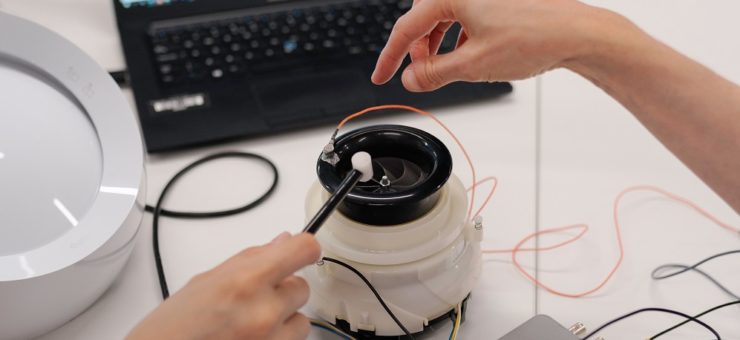Top 5 reasons to build a prototype of a medical device
24 July 2023
In the world of medical technology, innovation plays a vital role in improving patient care and transforming healthcare practices. Building a prototype of a medical device is a crucial step in the development process, allowing developers to test their ideas, refine designs, and gather valuable feedback.
Proof of concept:
One of the primary reasons to build a prototype is to validate the feasibility and functionality of a medical device concept. It provides tangible evidence to demonstrate that the idea works in practice. A prototype allows developers to assess the technical aspects of the device, evaluate its performance, and identify potential design flaws or limitations. By creating a proof of concept, we can refine ideas and make informed decisions regarding the device’s further development. This is also a perfect opportunity to involve investors and demonstrate the use and impact that the device will have for the intended market.
User feedback and iteration:
Prototyping enables developers to gather invaluable feedback from users, including healthcare professionals, patients, and other stakeholders. By involving end-users early in the design process through user research studies, developers can gain insights into usability, ergonomics, and overall user experience. This feedback helps refine the device’s features, functionality, and design elements. Iterative prototyping allows us to incorporate user suggestions and improve the device iteratively, leading to a final product that better addresses user needs and requirements.
Risk mitigation:
Building a prototype allows us to identify and mitigate potential risks associated with the medical device’s performance, safety, and regulatory compliance. We recommend that the decisions about what to prototype are risk based – meaning the most likely elements to fail are tested first, before too many resources are committed.
Cost and time optimisation:
While building a prototype incurs upfront costs, it ultimately helps optimise both time and expenses in the long run. By catching design flaws or technical challenges early in the process, we can avoid costly and time-consuming revisions later on. Prototyping also allows for cost-effective experimentation with different materials, manufacturing processes, and component selections. It helps us identify the most efficient and economical ways to produce the device at scale.
Intellectual property protection:
Prototyping plays a crucial role in safeguarding intellectual property (IP) rights associated with a medical device, which when you work with Springboard, remains completely your own. The physical representation of the device helps inform patents and other forms of protection. Having a functional prototype also strengthens the credibility and legitimacy of the device concept, making it easier to secure IP rights and defend them if necessary.
Building a prototype of a medical device is a vital step in the development process. From validating the concept to gathering user feedback, mitigating risks, optimising costs and time, and protecting intellectual property, prototyping is a powerful tool. By investing in the creation of a functional prototype, we can refine ideas, create better devices, and ultimately contribute to the advancement of medical technology, leading to improved patient care and better healthcare outcomes.
Springboard is very experienced with creating prototypes as part of the development lifecycle and achieving the delicate balance of being representative enough to provide useful insight whilst minimising development effort and timelines. Talk to us to discuss your prototyping needs whether that’s making a beautiful model to wow investors or a highly technical bench top system for proving a revolutionary part of your design.
Written by Sam Johnstone, Senior Product Developer


